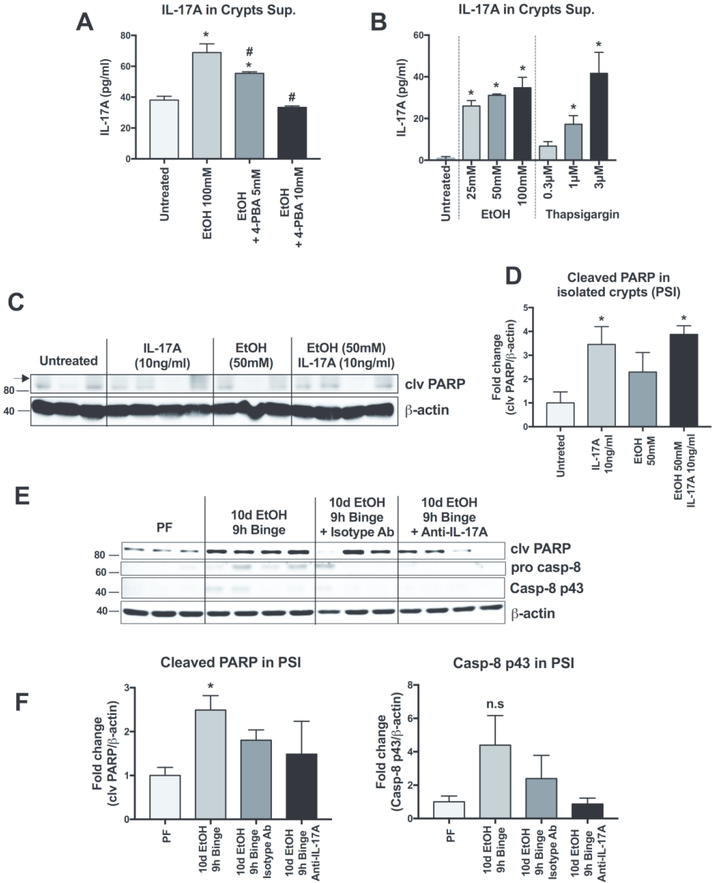Figure 4. Ethanol-induced IL-17A release is augmented by ER stress.
(A) Isolated small intestinal crypts were treated with ethanol (100mM) to induce IL-17A release and some crypts were also treated with 5 or 10mM of the ER stress inhibitor 4-phenylbutiric acid (4-PBA). Released IL-17A was measured by ELISA from the crypt supernatants. (B) IL17A release ELISA performed on isolated crypts treated with the ER stress inducer thapsigargin (0.3, 1 and 3μM) or ethanol (25, 50 and 100 mM). (C) Cleaved (clv) PARP expression was measured by Western blot and quantified (D) from isolated crypts treated ex vivo with 10ng/ml of recombinant IL-17A, 50mM EtOH or IL-17A and EtOH. (E) Cleaved PARP, pro-caspase 8 and cleaved caspase 8 p43 subunit from the PSI of pair-fed (PF) or alcohol-fed mice treated or not with a control isotype antibody or anti-IL17A blocking antibody were measured by Western blot and quantified (F). For A-B, n=3 mice/treatment group; p < 0.05 * vs untreated, # vs EtOH 100 mM. For D-E, n=3–4, p < 0.05 * vs Untreated. For F-G, n=3–4 mice/group; p < 0.05 * vs PF.

